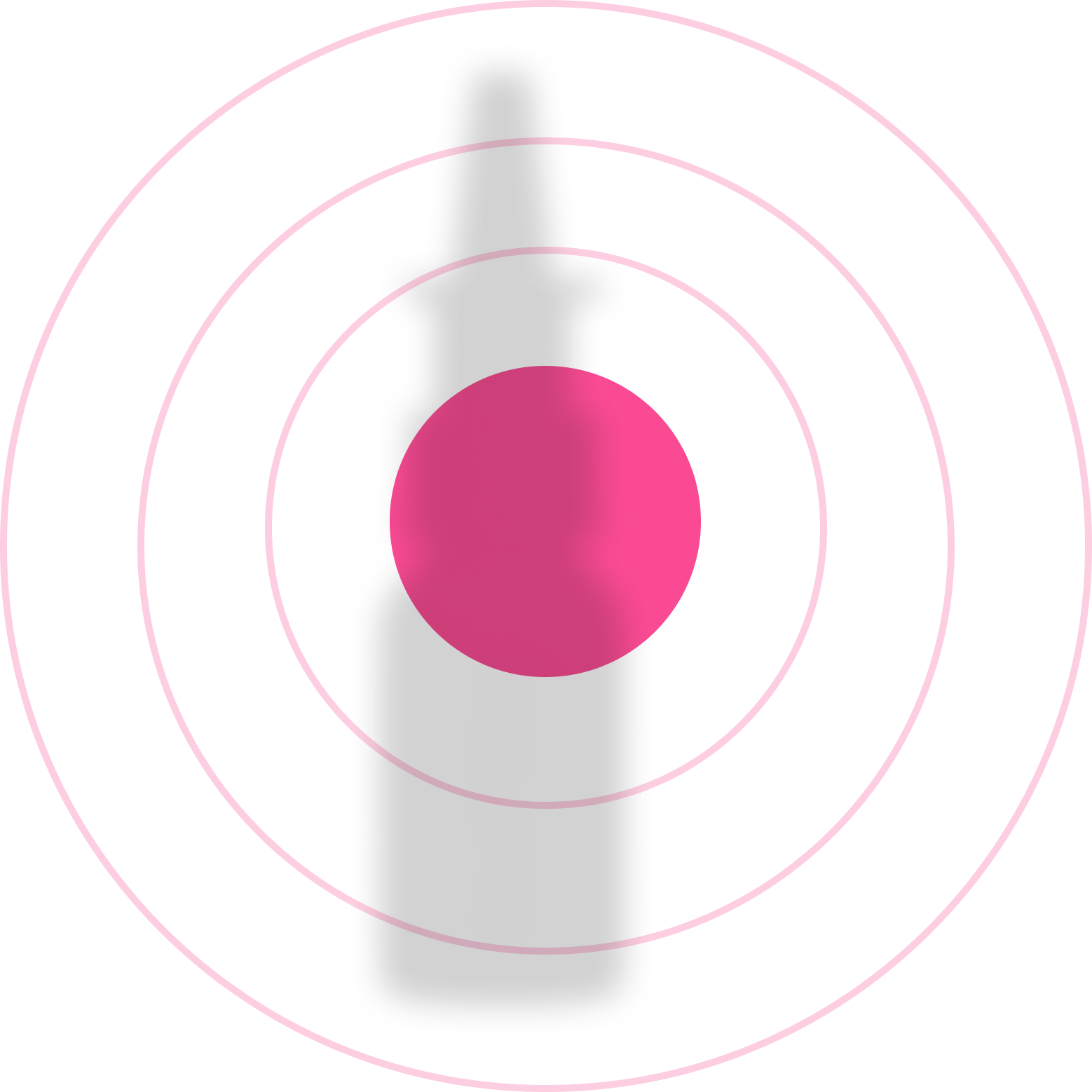
A modern clinic for at-home treatments
(857) 240-1080
Take Quiz
Get started with the most affordable immunotherapy for only $49 $9.99
Discount applied at checkout.


Curex does not treat this allergen










Dr. Chet Tharpe, M.D..
Updated May 3, 2025
It's common for people with soy allergy to have skin reactions such as hives or eczema upon exposure to soy. These are red, itchy, and sometimes painful rashes that typically appear within minutes to hours after eating or touching soy products.
Symptoms like nausea, vomiting, abdominal pain and diarrhea often occur as a result of the body's reaction to soy proteins. These can be an immediate reaction, or may not appear until hours later, making them harder to associate with specific foods.
Individuals may experience respiratory symptoms like wheezing, difficulty breathing, nasal congestion and a runny or stuffy nose. Severe reactions can result in anaphylaxis, a life-threatening condition that needs immediate medical attention.
This condition involves an allergic reaction to certain proteins in a variety of fruits, vegetables and nuts. It can cause symptoms in the mouth and throat such as itching, irritation, swelling, and difficulty swallowing.
Upon ingestion of soy, some individuals may feel a sense of numbness or tingling in their mouth. This sensation can also manifest as a slight swelling of the lips or tongue.
In severe cases, a person with a soy allergy might experience a significant drop in blood pressure shortly after eating a soy product. This can lead to symptoms like dizziness, lightheadedness, and potentially fainting.
Recognize your symptoms?

Recognizing if you have a Soy allergy involves examining your symptoms after consuming soy or soy-based products and seeking professional medical testing. Here's a guide that can assist you.
Observe Your Symptoms
Seek Professional Allergy Testing
If after evaluating your symptoms you suspect a soy allergy, it's important to get a professional diagnosis. A healthcare provider can conduct a skin prick test or a blood test to confirm your suspicions. In some cases, they may also recommend eliminating soy from your diet and then gradually reintroducing it to see if symptoms recur.
Note: Always Consult a Healthcare Provider
If you suspect that you have a soy allergy, it's essential to consult a healthcare professional before implementing any major dietary changes. Self-diagnosis can often be incorrect, leading to unnecessary diet restrictions.



.jpg)
Don't wait until next season. Start now and enjoy a life free from allergies!
Am I eligible?




Read product labels closely as many processed foods like cereals, canned broths, soups, sauces and even processed meats often contain soy. Many food products with labels indicating ingredients as natural flavours, vegetable broth or gum arabic might also contain soy.
Use alternatives like almond milk or rice milk instead of soy milk, and olive or vegetable oil instead of soy oil. For protein, you can include other sources like lean meats, poultry, fish, eggs and dairy.
While dining out, inform the server and chef about your soy allergy so they can guide you with the safe dishes for you to consume. This can help avoid any cross-contamination during food preparation as well.
For those with severe reactions, wearing medical identification stating your allergy could be a lifesaver. You can wear a medical bracelet or necklace that clearly states you are allergic to soy products. This information can guide first responders towards appropriate treatment, in the event of allergic reaction.
Ready to forget about allergy hassles? Try immunotherapy!

Review your allergy test results with a Curex allergist.

Soy Allergy Impact on Infant Formula
Unexpected Sources of Soy
Cross-Reactivity with Other Legumes
Have questions left?
Take our quiz and get a personalized consultation!

Treatment prescribed
by clinician


Clinicaly made allergen extracts are customized for your allergies


Your immune system gets desensitized to allergens, giving you long-term relief.
Get started with the most affordable immunotherapy for only $49 $9.99
Discount applied at checkout.


Explore soy allergy symptoms, diagnosis with Curex, treatment tips and diet advice to control reactions and enhance wellbeing.










Dr. Chet Tharpe, M.D..
Updated July 9, 2025
gr.
Carbohydrates
gr.
Sugar
gr.
Fats
gr.
Proteins
Calories
It's common for people with soy allergy to have skin reactions such as hives or eczema upon exposure to soy. These are red, itchy, and sometimes painful rashes that typically appear within minutes to hours after eating or touching soy products.
Symptoms like nausea, vomiting, abdominal pain and diarrhea often occur as a result of the body's reaction to soy proteins. These can be an immediate reaction, or may not appear until hours later, making them harder to associate with specific foods.
Individuals may experience respiratory symptoms like wheezing, difficulty breathing, nasal congestion and a runny or stuffy nose. Severe reactions can result in anaphylaxis, a life-threatening condition that needs immediate medical attention.
This condition involves an allergic reaction to certain proteins in a variety of fruits, vegetables and nuts. It can cause symptoms in the mouth and throat such as itching, irritation, swelling, and difficulty swallowing.
Upon ingestion of soy, some individuals may feel a sense of numbness or tingling in their mouth. This sensation can also manifest as a slight swelling of the lips or tongue.
In severe cases, a person with a soy allergy might experience a significant drop in blood pressure shortly after eating a soy product. This can lead to symptoms like dizziness, lightheadedness, and potentially fainting.
Recognize your symptoms?

In the United States, soy is typically planted in the late spring months, with field work starting at the end of April to early May. However, the exact timing can vary depending on the region and weather conditions. The planting process will continue through to early June.
Germination and Growth
Harvesting



.jpg)
Don't wait until next season. Start now and enjoy a life free from allergies!
Am I eligible?



Review your allergy test results with a Curex allergist.

Treatment prescribed
by clinician


Clinicaly made allergen extracts are customized for your allergies


Your immune system gets desensitized to allergens, giving you long-term relief.
Get started with the most affordable immunotherapy for only $49 $9.99
Discount applied at checkout.


Explore soy allergy symptoms, diagnosis with Curex, treatment tips and diet advice to control reactions and enhance wellbeing.










Dr. Chet Tharpe, M.D..
Updated July 9, 2025

Symptoms like nausea, vomiting, abdominal pain and diarrhea often occur as a result of the body's reaction to soy proteins. These can be an immediate reaction, or may not appear until hours later, making them harder to associate with specific foods.

In the United States, soy is typically planted in the late spring months, with field work starting at the end of April to early May. However, the exact timing can vary depending on the region and weather conditions. The planting process will continue through to early June.
Germination and Growth
Harvesting

It's common for people with soy allergy to have skin reactions such as hives or eczema upon exposure to soy. These are red, itchy, and sometimes painful rashes that typically appear within minutes to hours after eating or touching soy products.



Don't wait until next season. Start now and enjoy a life free from allergies!
Am I eligible?



Review your allergy test results with a Curex allergist.

Treatment prescribed
by clinician


Clinicaly made allergen extracts are customized for your allergies


Your immune system gets desensitized to allergens, giving you long-term relief.

In the United States, soy is typically planted in the late spring months, with field work starting at the end of April to early May. However, the exact timing can vary depending on the region and weather conditions. The planting process will continue through to early June.
Germination and Growth
Harvesting

It’s a physician-prescribed, custom-compounded formula designed to target all your nasal symptoms at once — congestion, runny nose, post-nasal drip, sneezing, and more.

Formulated by doctors and pharmacologists and backed by clinical research, Quickie combines five powerful ingredients into one easy spray.

Typical prescription may include the following ingredients: Azelastine HCL 0.15%, Mometasone Furoate 0.05%, Oxymetazoline HCL 0.0125%, Ipratroprium 0.06%, Sodium Hyaluronate 0.04%.
Straight to the source. That’s Curex


Quickie is a compounded prescription medication, prepared by a licensed pharmacy. It is not reviewed or approved by the FDA. It is prepared based on your provider’s evaluation of your symptoms and needs. Individual results may vary.

Lauren S.
No longer having to go the doctor's office a few times a week for painful shots.
Tony P.
I have done allergy shots in the past but found it pretty inconvenient to go every week. I really like the ease as compared with physically going to the doctors office.

Robert S.
The treatment is much less expensive than a course of allergy shots at a doctor's office and eliminates numerous trips to the doctor's and all the waiting time.
Janie L.
My seasonal allergies were much less severe than years prior. Most importantly, the convenience of taking drops in my own home is unbeatable.

Most patients feel relief within 15 minutes. We have both short-term relief ingredients as well as longer-term relief to keep you feeling better, longer. Some say it’s like turning off their allergies.
Sneezing runny nose, nasal congestion, post-nasal drip, sinus pressure, itchy nose. Great for outdoor allergies, indoor dust, or when pollen spikes unexpectedly.
No, this formula uses a microdose of oxymetazoline, balanced with anti-inflammatory and moisturizing ingredients to reduce the risk of rebound congestion. Clinical studies over the last decade show that when oxymetazoline is combined with a corticosteroid, it can be used safely over the long term without causing rebound symptoms.
Quickie Spray combines up to five prescription-strength ingredients into a single, personalized formula — targeting multiple symptoms like congestion, post-nasal drip, and inflammation. OTC sprays typically address just one symptom and lack the synergy of a customized blend.
Some ingredients like azelastine may cause a slight taste, but many patients find it milder than traditional OTC sprays. Proper spray technique (head forward, not tilted back) helps minimize drip.We also offer an alternative formulation with olopatadine, which has a gentler taste profile and may be preferred by taste-sensitive patients.
Quickie is designed to replace most other allergy medications. But it is designed to compliment allergy immunotherapy for long-term relief. If you’re currently taking other antihistamines or nasal sprays, tell your Curex provider, so we can adjust your formula to avoid overlap or interactions.
No, Quickie is a personalized compounded prescription prepared by licensed U.S. pharmacies based on your doctor’s evaluation. Compounded medications are not FDA-approved as commercial products, but they are regulated under federal and state pharmacy laws.
Possible side effects include nasal dryness, mild irritation, or occasional nosebleeds. These are typically mild and manageable. Let your Curex provider know about any bothersome or serious effects, so we can fine-tune your prescription if needed.
Quickie is safe for daily use, especially during the first 3–6 months of allergy immunotherapy, when symptoms are still active. Your Curex provider may adjust your dose or frequency as your immune system builds tolerance.
Quickie is designed to be non-sedating, so you can use it before work, school, or exercise without feeling groggy or foggy. In rare cases where drowsiness is reported, let your Curex provider know—we can easily adjust the formula to better suit your needs.
Yes, Quickie Spray can be prescribed for children aged 6 and up, based on your provider’s clinical evaluation.
Follow the instructions from your Curex provider.Most patients are advised to use one spray per nostril, twice daily — morning and evening — for consistent relief.